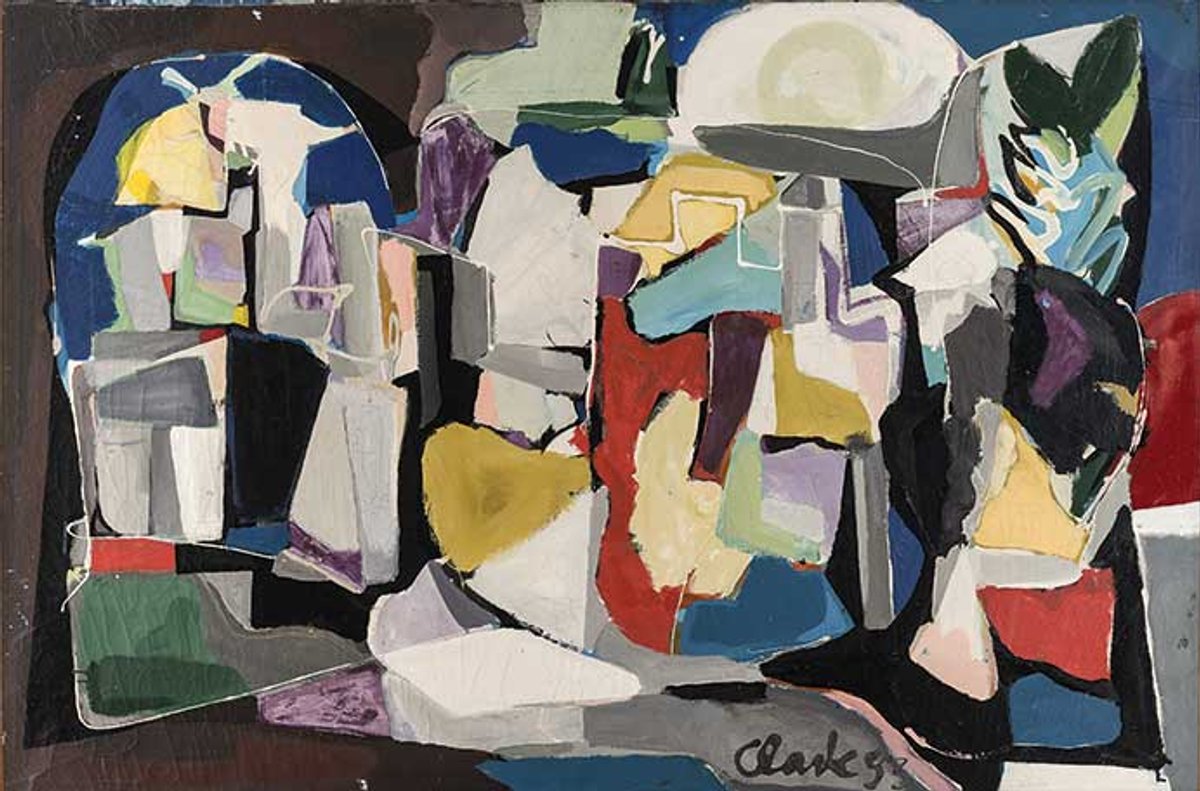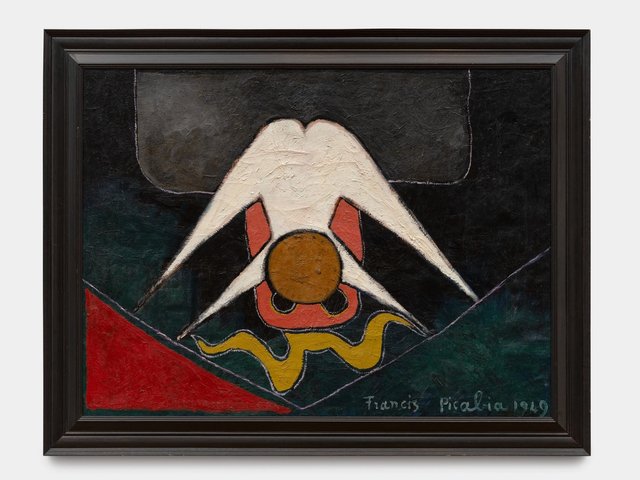The Grey Art Museum’s inaugural exhibition at its new location at 18 Cooper Square is the kind of deep dive into a cultural moment that has long distinguished New York University’s art institution, formerly called the Grey Art Gallery. For its survey Americans in Paris: Artists Working in Post-war France, 1946-62, the independent scholar Debra Bricker Balken and Lynn Gumpert, the museum’s director, have dug into the phenomenon of US artists pouring into the French capital after the Second World War.
The show includes more than 130 works made in Paris by around 70 artists. Many, including Herbert Gentry, Ellsworth Kelly, Jack Youngerman and Kenneth Noland, travelled to Paris on the GI Bill that offered military veterans funds to further their education. “The GI Bill allowed them to travel to Paris and enroll immediately in one of the art academies without having to apply, unlike in this country,” Balken says. “They were given a stipend of $75 a month and $25 for books, which was a grand sum in post-war France.”
Others, such as Carmen Herrera, Joan Mitchell and Claire Falkenstein, were drawn by the great European city’s sense of freedom. Black artists such as Beauford Delaney, Ed Clark and Harold Cousins moved there “in part because Paris was a more hospitable city for African Americans”, Balken says. The show shines a light on some little-known figures, too, like the Japanese American sculptor Shinkichi Tajiri, who enlisted in the army to escape internment. After moving to Paris on the GI Bill, he co-founded Galerie Huit in 1950, which exhibited US artists for six years including Al Held, Sam Francis and Shirley Jaffe. With this exhibition, the curators want “to show that it was much more diverse than just the people that art history recognised,” Gumpert says.
- Americans in Paris: Artists Working in Post-war France, 1946-62, Grey Art Museum, New York, until 20 July





